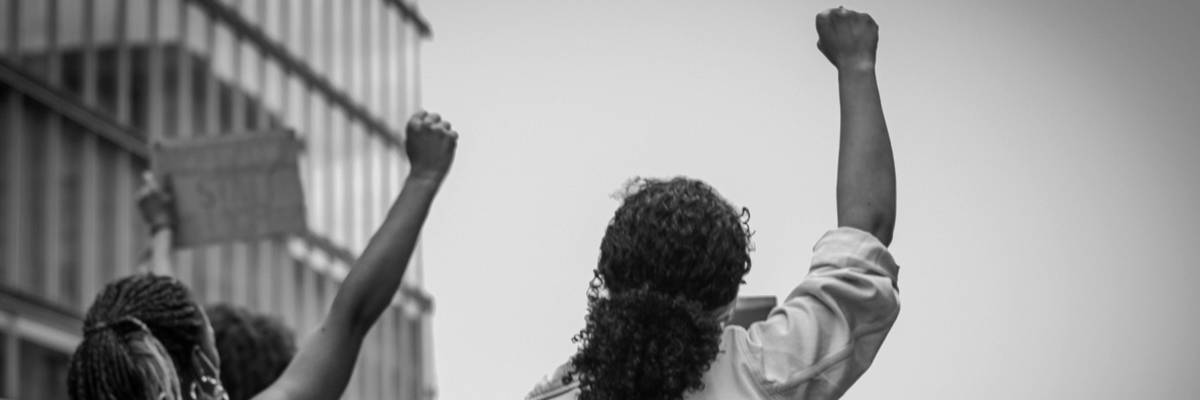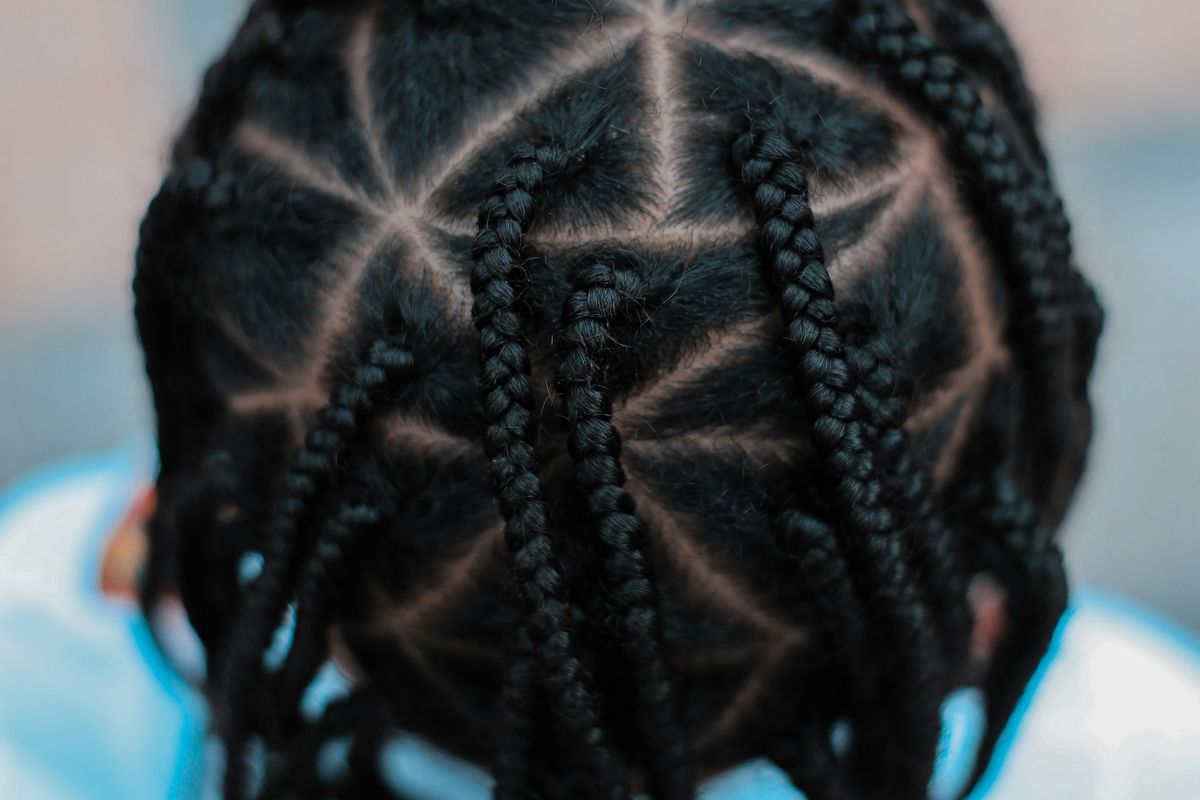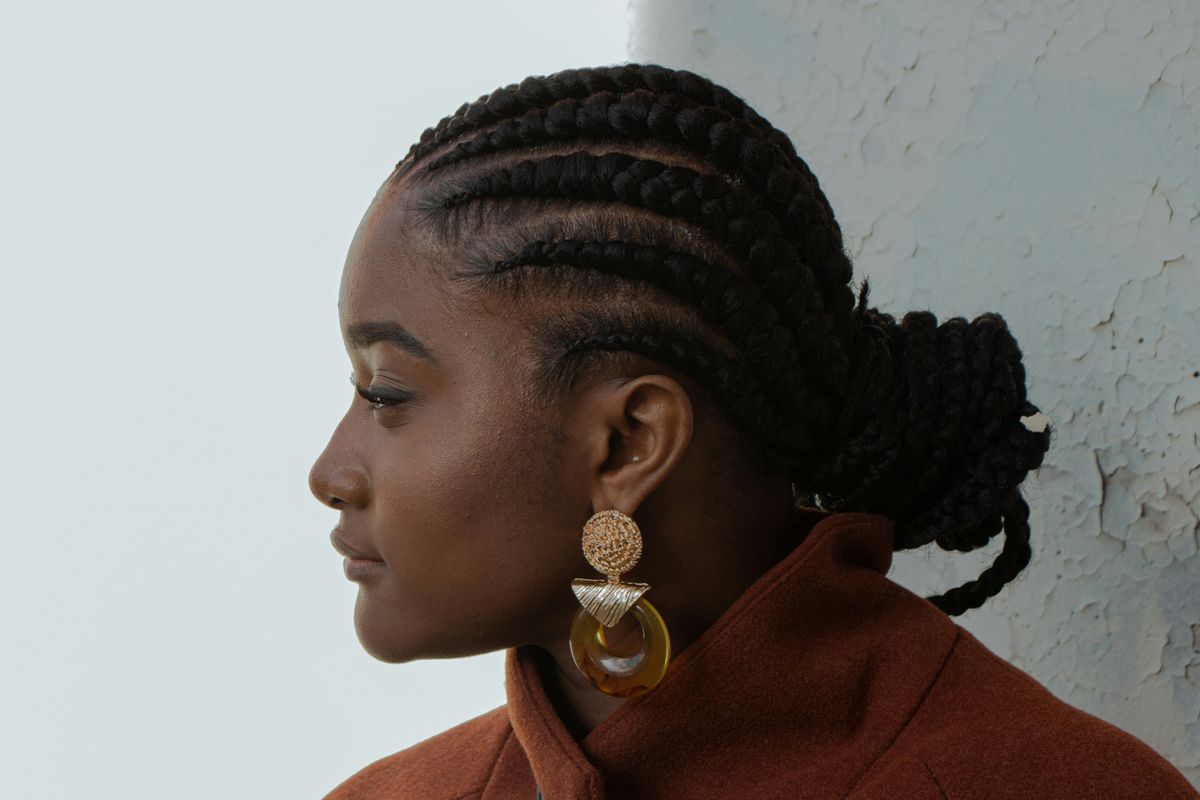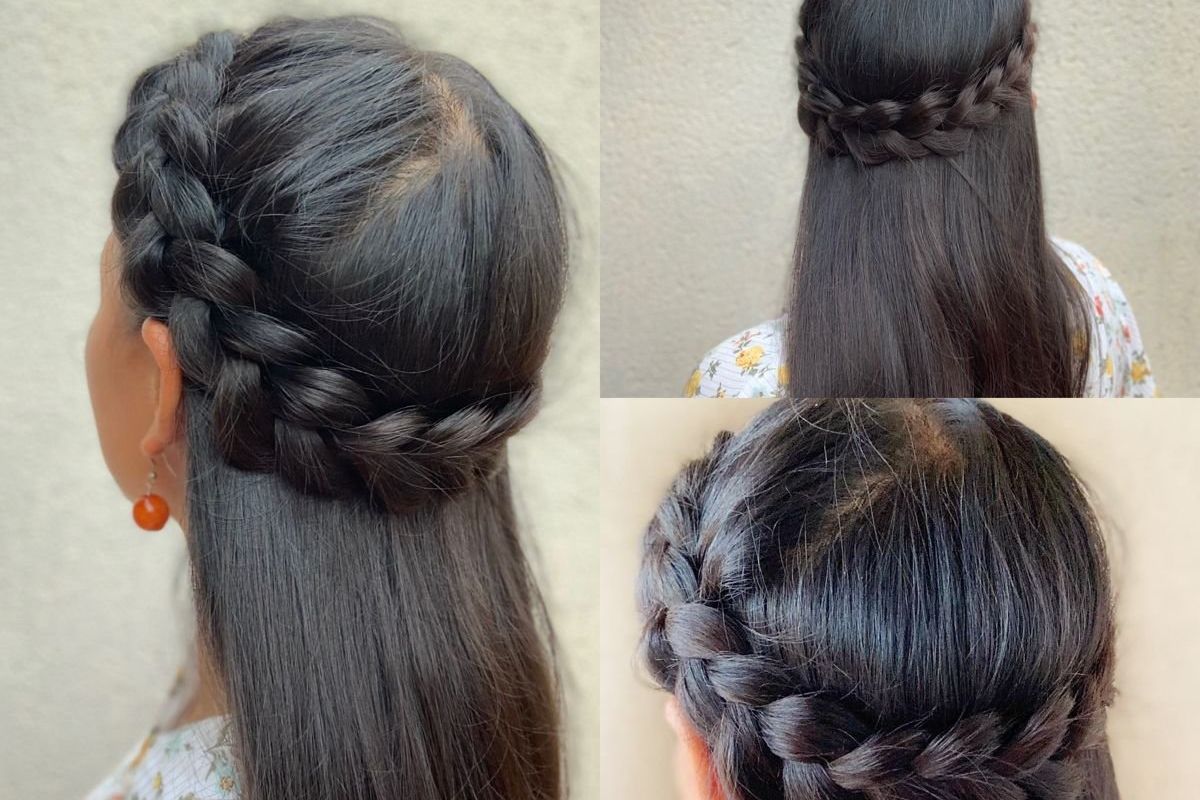In The Community
The Latino community has a rich history filled with trailblazers who have made significant contributions to society. While figures like César Chávez and Dolores Huerta are well-known, many other influential people, especially Latinas, have been kept under the radar. Hispanic Heritage Month offers a great opportunity to bring important Latina names out of the shadows and learn more about the historical figures who deserve recognition. That’s exactly what we’re doing today, so here are 8 unsung Latina heroes we should all know about and pay tribute to:
Jovita Idar (1885–1946)
 commons.wikimedia.org
commons.wikimedia.orgImagine being a woman of color in the early 1900s, fighting for both Mexican-American and women’s rights. That was Jovita Idar, a Mexican-American journalist, activist, and suffragist. She used her platform to speak up for the Mexican-American community, who were often treated unfairly and marginalized. But she didn’t stop there—Jovita knew that change started with education, so she founded the League of Mexican Women to focus on providing schooling for children. This wasn’t just about learning ABCs; it was about empowering the next generation to break the cycle of discrimination. And when it came to women’s rights, Jovita was all in, pushing for the vote and the recognition women deserved. Her bravery and activism laid the groundwork for future Latina advocates.
Luisa Moreno (1907–1992)
 Photo by Gabriel Jimenez on Unsplash
Photo by Gabriel Jimenez on UnsplashLuisa Moreno was a force to be reckoned with in the labor movement. Born in Guatemala, she moved to the U.S. and quickly became a key figure in organizing Latine workers, especially those exploited in low-wage industries like canneries and agriculture. What’s really impressive is how she united workers from all kinds of backgrounds—Latinos, African-Americans, Filipinos, and others—under a common cause: better wages, working conditions, and labor rights. She wasn’t just fighting for fair pay; she was advocating for dignity and respect for people often overlooked by society. Luisa’s work helped bring attention to the struggles of Latine workers and ensured that their voices were heard in the broader labor movement.
Dr. Helen Rodríguez Trías (1929–2001)
 commons.wikimedia.org
commons.wikimedia.orgDr. Helen Rodríguez Trías broke so many barriers in healthcare that it’s hard to count them all. As the first Latina president of the American Public Health Association, she was determined to make healthcare more accessible for marginalized communities, particularly women and children. She worked on expanding public health services for those who needed it most—low-income families, immigrants, and people of color. But perhaps her most impactful work was her campaign against forced sterilizations, which were shockingly common in Puerto Rico and the U.S. in the 1970s, especially among women of color. Dr. Rodríguez Trías stood up for women’s rights to control their bodies and ensured their voices were heard in healthcare policies.
Felicitas Méndez (1916–1998)
 commons.wikimedia.org
commons.wikimedia.orgIn the 1940s, long before the famous Brown v. Board of Education case, Felicitas Méndez and her husband, Gonzalo, stood up to school segregation in California. Their children were barred from attending a “whites-only” school, and Felicitas decided enough was enough. She fought back, filing a lawsuit known as Méndez v. Westminster. And guess what? They won. This case paved the way for the eventual desegregation of schools in California and set a precedent for the national fight against segregated schools in the U.S. Felicitas was a true trailblazer, fighting not just for her children but for the future of all Latino children.
María Amparo Ruiz de Burton (1832–1895)
 commons.wikimedia.org
commons.wikimedia.orgMaría Amparo Ruiz de Burton was the first Mexican-American woman to publish fiction novels in English, which was groundbreaking in itself. Her works, though fictional, gave readers an inside look at the lives of Mexican-Americans after the U.S.-Mexican War. Ruiz de Burton didn’t hold back in her critiques of American society and how it treated Mexicans and other minorities. Her novel “Who Would Have Thought It?” offered a sharp and witty critique of racism, imperialism, and the social inequalities of her time. She was unafraid to speak out against the injustices that came from the war and its aftermath, making her one of the earliest voices to challenge how history remembers this period.
Julia de Burgos (1914–1953)
 commons.wikimedia.org
commons.wikimedia.orgJulia de Burgos was a poet who used her words to push for social justice, women’s rights, and Puerto Rican independence. Her poetry spoke to the struggles of identity and the search for self, but it also highlighted the political and social issues of her time. Through her work, she became a symbol of the fight against colonialism and for women's liberation. Julia’s poetry was ahead of its time—her fearless voice resonated with people struggling to find their place in a world that often wanted to silence them. She continues to inspire poets, activists, and feminists to this day.
Sylvia Rivera (1951–2002)
 © Valérie Shaff
© Valérie ShaffSylvia Rivera was a bold, unapologetic voice for LGBTQ+ rights at a time when few others were willing to take up the cause. Of Puerto Rican and Venezuelan descent, she was a key figure in the Stonewall Uprising, which sparked the modern LGBTQ+ rights movement. But Sylvia’s activism didn’t stop there—she co-founded the Street Transvestite Action Revolutionaries (STAR) to help homeless transgender youth, offering them not just a safe place to stay but also a sense of community and belonging. Sylvia’s advocacy wasn’t always met with appreciation, even within the LGBTQ+ community, but she never stopped fighting for those who were the most marginalized. Today, she’s remembered as a trailblazer in the fight for transgender rights.
Antonia Pantoja (1922–2002)

Antonia Pantoja dedicated her life to empowering Puerto Rican youth in the U.S. Through her organization ASPIRA, she created leadership and educational programs that helped young Latinos succeed academically and professionally. Antonia’s vision was to equip young people with the tools to lead their communities and fight for their rights. Her work helped countless Latino students achieve their dreams, many of whom have gone on to become leaders in their fields. Antonia’s legacy continues through ASPIRA, which still operates today, supporting Latino students across the country.
Each of these Latina women was a powerhouse in her own right, making lasting impacts on society. Their stories remind us that history is filled with unsung heroes who deserve to be celebrated just as much as more well-known names.
5 Empowering Highlights from the U.S. Latina GDP 2024 Report
Latinas in the U.S. are not just contributing to the economy—they’re fueling its growth! The Latina GDP 2024 Report highlights exactly how U.S. Latinas are leading in areas like education, workforce participation, and more. Here’s a breakdown of some of the highlights of the Latina GDP 2024 report and what makes us Latinas economic powerhouses:
The Latina GDP Reached $1.3 Trillion
 Photo by engin akyurt on Unsplash
Photo by engin akyurt on UnsplashDid you know the economic output of U.S. Latinas is larger than that of Florida? In 2021, their GDP hit $1.3 trillion. To put that into perspective: if Latinas in the U.S. were their own country, their GDP would outshine that of Italy or Canada. Let that sink in for a second… Our overall impact on the economy is simply impossible to ignore.
Latina Growth Is Going at Lightning Speed
 Photo by Ryoji Iwata on Unsplash
Photo by Ryoji Iwata on UnsplashLatinas are not just contributing—they’re growing faster than anyone else. From 2010 to 2021, their GDP grew by 51.1%, which is more than double the rate of non-Hispanic GDP. This makes them a driving force behind the country’s economic vitality. Think about it: Latina growth is keeping the U.S. economy resilient and thriving, even through tough times.
Latinas Are Breaking Records in the Workforce

Photo by Viridiana Rivera
Latinas are showing up and showing out in the workforce too. With a participation rate of 60.5%, they’re working at higher rates than non-Hispanic women, and their contribution to labor force growth since 2010 has been staggering—accounting for 30.2% of that growth. Even during the pandemic, when many struggled, Latina labor force growth remained positive, showing just how resilient we can be.
Latinas Understand Education Is Power

Photo by RDNE Stock project
Latinas are killing it in education as well! The number of Latinas with bachelor’s degrees grew by a whopping 103% from 2010 to 2021. That’s three times the rate of non-Hispanic women. All this education is leading to big things—more opportunities, more leadership roles, and just breaking barriers left and right.
Latinas' Income Is Growing
 Photo by Alexander Mils on Unsplash
Photo by Alexander Mils on UnsplashIt’s not just about working more—it’s about earning more, too. Latina income grew by 46% over the same period, compared to just 18.5% for non-Hispanic women. This means Latina women are moving into higher-paying jobs and creating more wealth for themselves and their families. While the wage gap is sadly still alive and well, and it continues disproportionally affecting Latinas, some progress has been made.
A Bright Future Ahead for Latinas

Photo by Alex wolf mx
The numbers don’t lie—Latinas are one of the major driving forces behind economic growth in the U.S. Whether through education, workforce participation, or consumption, their contributions are shaping the future of the country. Latinas are proving that they are vital to the economy, and their influence will only continue to grow.
To all the Latinas out there, this is your reminder to keep going! Especially when you feel like giving up. Remember you’re a part of something bigger and your contribution adds up. If you want to read the full Latina GDP 2024 report to get even more inspired, find it here.
- Working Hard but Earning Half: The Wage Gap Reality for Many Latinas ›
- These 5 Latinas Are Helping Latinos Tackle the Wealth Gap ›
- The LATINO VOTE 2024 Will Be Diverse and Decisive in New PBS Doc - Luz Media ›
Hair Braids in Latino Culture: History or Appropriation?
Hairstyles have always been about more than just aesthetics. They’re a symbol of ethnicity, religion, social status, resistance, and more. Through them, ethnic and cultural groups have been able to reclaim their identities in the past and the present. Hair braids are one of those empowering hairstyles that have stood the test of time.
The art of hair braids isn’t specific to one culture or people because it has existed everywhere in many forms, including Ancient America. Mummies hundreds or thousands of years old have been found wearing braids, such as the Pre-Columbian Mummy “Juanita” of Peru.
Like so many other Latino cultural topics, it’s deeply nuanced.
The History of Hair Braids in Latin America
Andean cultures, like the Incas in Peru and Chile, also have a long history of hair braiding. Indigenous communities like the Quechua and Aymara are also known for their hair braids, which often communicate a person’s identity, connection to ancestors, strength, and vitality. Braids are even used to celebrate or mark life events and milestones.
Within Latino culture, this hairstyle has also been shaped by African people and their hair-braiding art. Because of the transatlantic slave trade, African culture merged with Latino hair-braiding traditions. Enslaved Africans brought their techniques and heritage, which spread because they used their hair as a means of communication.
For example, in 16th-century Colombia, intricate braids represented coded messages to spread information about the slaves’ surroundings, escape routes, and the locations of Spanish troops. African slaves also used braids to carry seeds, grains, and small trinkets. When they escaped, these belongings helped them survive and build communities wherever they went. To this day, hair braiding is a central part of the Afro-Colombian identity.
This is just some of the history of hair braiding in Latin America to give an idea of how ingrained it is into the culture. The integration of African and European ethnic groups has resulted in a wide range of hair textures, from straight to tightly coiled curls. Braiding has been a long-standing practice of hair care, but also of connection to our ancestors and roots.
Is It Cultural Appropriation to Wear Hair Braids?
This is a question most often asked by and for white people, but it’s also something Latinas ask themselves, especially those who are racially white or have lighter skin and can be white-passing. This has a lot to do with the fact that hair braids are primarily associated with Black culture, and they are indeed a central part of Black expression.
However, it’s also true that hair braiding is an integral part of Latino culture and has been for centuries. So, to determine whether wearing braids is appropriation, we have to consider the definition. Cultural appropriation consists of taking something from a culture that’s not your own and engaging with it in an exploitative or disrespectful way.
In the Latino and Afro-Latino communities, hair braiding shouldn’t be classified as cultural appropriation because it’s part of the heritage. It’s a practice that has been passed down through generations as a form of expression, hair care, and cultural pride. In the context of white people, the question is a bit more difficult to answer because it depends on the intention of the wearer and the type of braid as well.
For example, French braids, fishtail braids, and 3-strand braids are usually appropriate for everyone. They don’t hold the same cultural significance for Black or Latino people as box braids, braids with ribbons, beaded braids, side braids, crown braids, and many others, which are steeped in history and tradition.
When it comes to intention, wearing braids as a form of appreciation or a way of connecting to other cultures can be acceptable. For example, people who travel to the Caribbean often come back with braided hair because locals share this part of their culture. It’s also a way for them to make a living, so tourists directly contribute to their livelihoods.
Permanently adopting hair braids, especially the more traditional and culturally significant styles, might be cultural appropriation. Not having a connection to the symbolism and identity that certain styles represent, but wearing them anyway may be disrespectful. It may also be exploitative if there’s something to gain from adopting these hairstyles without regard for or acknowledgment of the communities they belong to.
Hair Braids as a Symbol of Latino Pride
Ultimately, wearing hair braids as Latinas is a great way to honor ancestors and traditions. There’s no rule for Latinas when it comes to wearing most styles of braids. It’s a matter of identifying the reason why they are being worn and how that relates to their identity, community, sense of self, and their politics.
Even if the decision is made not to wear hair braids, learning about them and sharing the knowledge can help bring the community closer together. A big part of bonding with one another is finding connections through sharing the different aspects of our culture, even if we don’t always partake in them.
Recognizing where hair braids come from and their influences, whether they’re African or Indigenous, is an effective way to help create awareness about our diverse experiences and relate more closely to the Latino community. Especially when that community is often overlooked and intentionally kept out of important historical narratives.









